 Welcome
Welcome
“May all be happy, may all be healed, may all be at peace and may no one ever suffer."
- A
- B
- C
- D
- E
- F
- G
- H
- I
- J
- K
- L
- M
- N
- O
- P
- Q
- R
- S
- T
- U
- V
- W
- X
- Y
- Z
Urge incontinence - Generics
Urge incontinence, also known as overactive bladder, is a type of urinary incontinence that involves a sudden and strong urge to urinate, which may result in an involuntary loss of urine before reaching a toilet.
Urinary incontinence is a common condition that affects both men and women, but is more common in older adults. It can have a significant impact on a person's quality of life, causing embarrassment, social isolation, and even depression.
Urge incontinence is caused by an overactive bladder muscle that contracts too frequently, even when the bladder is not full. This can be caused by a variety of factors, including:
- Neurological disorders, such as Parkinson's disease, multiple sclerosis, or spinal cord injuries.
- Bladder infections or other urinary tract infections.
- Certain medications, such as diuretics, antidepressants, or sedatives.
- Bladder irritants, such as caffeine, alcohol, or spicy foods.
- Aging and hormonal changes, which can affect bladder function.
Treatment for urge incontinence may include behavioral modifications, such as bladder training and pelvic floor exercises, medications, or in severe cases, surgery. Behavioral modifications involve training the bladder to hold urine for longer periods of time and to urinate on a schedule. Pelvic floor exercises, also known as Kegel exercises, can strengthen the muscles that control urination.
Medications used to treat urge incontinence include antimuscarinic drugs, which relax the bladder muscle and reduce the frequency and urgency of urination. Another type of medication is beta-3 agonists, which also relax the bladder muscle and can improve bladder function.
In some cases, surgery may be necessary to treat urge incontinence. This may involve procedures to increase bladder capacity, such as bladder augmentation or the insertion of a urinary diversion device.
In conclusion, urge incontinence is a type of urinary incontinence that involves a sudden and strong urge to urinate, which may result in an involuntary loss of urine before reaching a toilet. It can be caused by a variety of factors and can have a significant impact on a person's quality of life. Treatment options include behavioral modifications, medications, and in severe cases, surgery. It is important to talk to a healthcare provider if you are experiencing symptoms of urge incontinence, as there are many treatment options available.
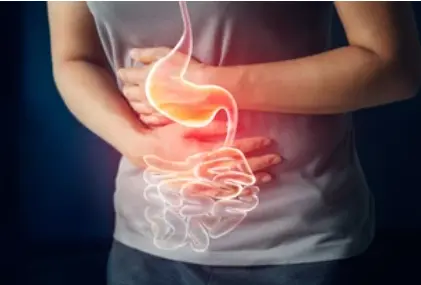
Dyspepsia

Rapid eye movement behavi...
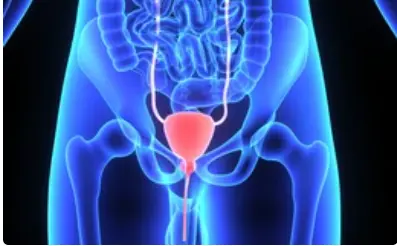
Nocturia
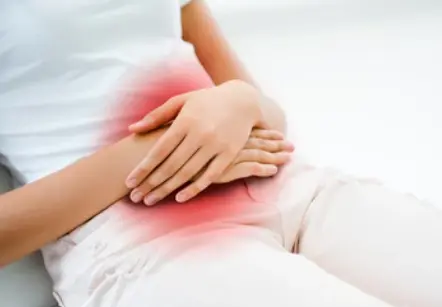
Menstrual cramps

Infections
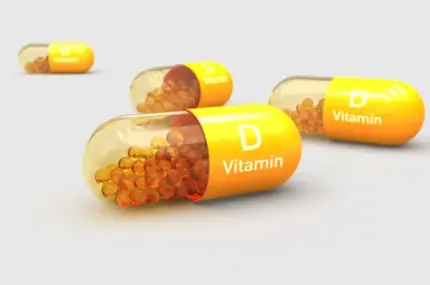
lodine deficiency
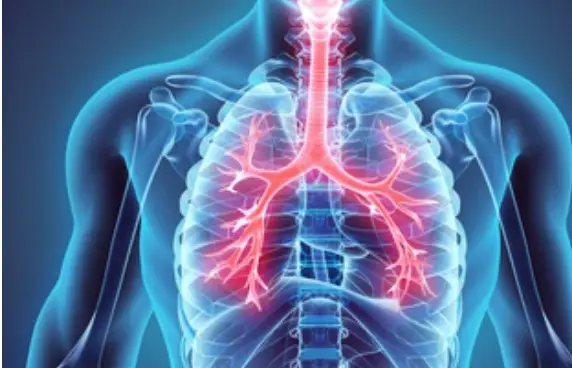
Bronchopneumonia

Cancer Prevention
Urge incontinence, অসংযম তাগিদ
To be happy, beautiful, healthy, wealthy, hale and long-lived stay with DM3S.